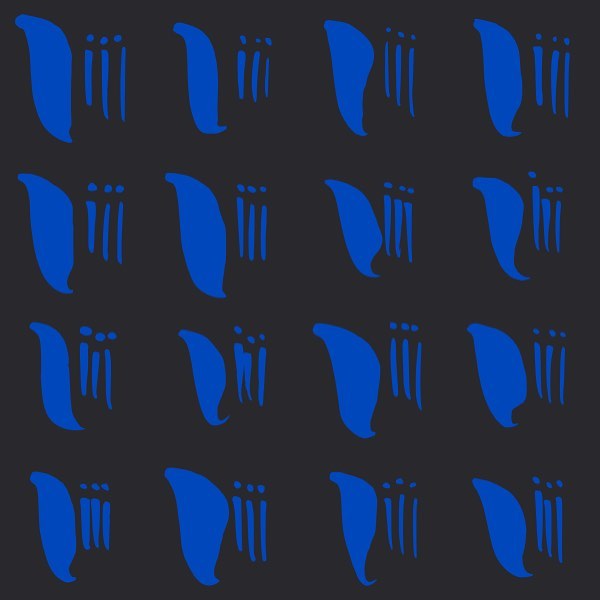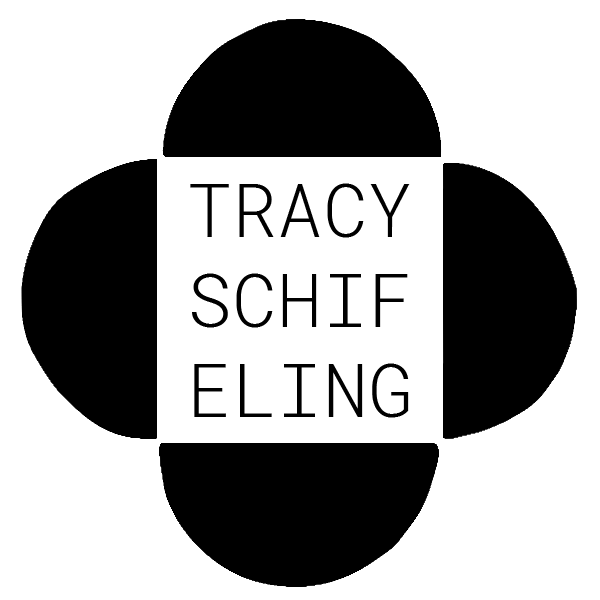
Wallpaper Groups: Part One
Where it all started…
In 2009 I was a math major in college trying to find an interesting summer research project. I wanted to find a topic that wasn’t completely abstract, that had a visual or artistic component.

Above is the math building (Eckhart Hall1) at the University of Chicago, where I went to undergrad.
I went to the math library and came across a book that mentioned the “wallpaper groups,” which is how mathematics classifies different types of symmetries and repeat patterns. Any 2D repeat pattern can be mapped to one of 17 wallpaper groups that describes the rotations, reflections, and other symmetries it contains.
I thought this was fascinating! I had no idea that the rules of geometry would limit the kinds of 2D repeat patterns that could exist. What’s also fascinating is there are examples of these 17 types of patterns in lots of art and architecture around the world. Humans love patterns and have discovered these patterns in their tile work and decorative art.
Wallpaper groups for pattern design
Once I started creating my own patterns a few years ago, I revisited the wallpaper groups and the ideas helped me develop visually engaging patterns. We are surrounded by patterns in our daily life: on our clothing, home textiles like shower curtains and table linens, wallpaper, bathroom tiles, wrapping paper, face masks. Patterns are everywhere!
The patterns that we see every day might as well be as beautiful and interesting as possible, and I think that learning a bit about the wallpaper groups can help us better appreciate the patterns around us and help us design more engaging patterns.
The wikipedia article on wallpaper groups has some great examples, and this website from a math professor at Clark University provides kind of trippy visual examples of each wallpaper group. Beyond those two sites, I had trouble finding resources to help me envision and create new patterns with the wallpaper groups.
My goal in this blog post (and future blog posts) is to give examples of the 17 different wallpaper groups and explain the symmetries behind them.
Quick lesson on types of symmetry
Before we get into the different types of pattern repeats, we need to establish the types of transformations that exist in two dimensions. Let’s start with a simple triangle. There are four types of transformations that will preserve the shape of the triangle.
Translation: A translation shifts the triangle in a certain direction.

Rotation: This means a rotation around a certain point (see the little dot). I rotated the triangle 90 degrees around that point in the direction of the arrow.

Reflection: The triangle is reflected across the vertical line.

Glide reflection: This is a combination of a reflection and a translation. The triangle is reflected across the dashed line and the shifted up.

Any way you move the triangle around a piece of paper, its movement can be described by these four types of transformations. This is the topic of the math paper I wrote that summer :) and you can read more in this wikipedia article.
Each of the wallpaper groups is a combination of these four types of transformations.
Now let’s get into the wallpaper groups!
Group p1
This group has translations only. The repeat pattern doesn’t have any reflections or rotations of the motif. (Since I create my patterns by hand, the repeated motifs aren’t exactly the same.)


Group p2
Patterns in this group can be rotated 180 degrees and look the same as the original. There are no reflections or glide reflections.
For this example I created a motif that can be rotated 180 degrees. (I outlined the motif on the right hand side.) The pink dots prevent it from having a reflection line.
I started to create the pattern by hand and then digitized it to better show the rotation centers. There are four locations where the pattern can be rotated 180 degrees.


Group pm
This group has no rotations but it can be reflected along a couple of different lines that are parallel to one another. In this example, there is a vertical motif with four-petaled flowers and one dot that can be reflected down its center, and another vertical motif with six-petaled flowers and three dots that can also be reflected down its center.


I’ll continue with more examples of different wallpaper groups in the next blog post. Please leave a comment if you have any questions or thoughts!
1 Eckhart Hall photo from http://math.uchicago.edu/~alperin/EK_5759.html
